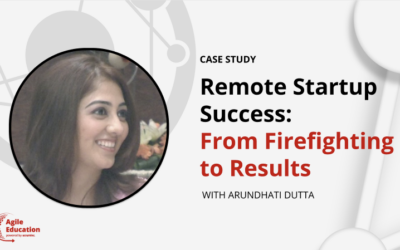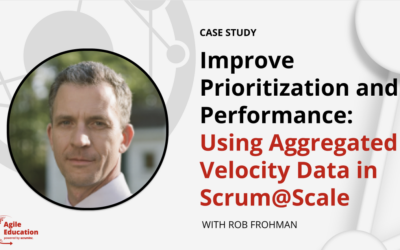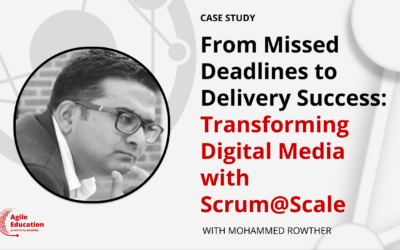Scrum@Scale Case Study
Spotify: A Scrum@Scale Case Study
Scrum@Scale Trainer Henrik Kniberg discusses how key patterns of the Scrum At Scale Framework helped transform the engineering culture at Spotify, achieve continuous delivery and disrupt the music-streaming industry.
“We wanted to enable teams to move fast, to ship software as quickly as possible, with minimum pain and overhead.” – Henrik Kniberg
CASE STUDY SNAPSHOT
Trainer Name: Henrik Kniberg
Organization: Spotify
Organization Size:Large
Industry: Arts, Entertainment, and Recreation
Topics: Organizational Culture, When to Scale
Date: 2014
Website: Henrik’s website
Summary
Scrum@Scale Trainer Henrik Kniberg discusses how he leveraged the Scrum at Scale Framework to transform the engineering culture at Spotify, achieve continuous delivery and disrupt the music-streaming industry.
Spotify Engineering Culture
In 2014, Henrik posted his “Spotify Engineering Culture” video (often referred to as the “Spotify Model”) for the community to take a look inside the Agile Engineering culture. In its early stages, Spotify was “pretty much a Scrum company”; Agile principles allowed teams to enhance and maintain a positive culture and eventually disrupt the music streaming industry. However, as Spotify continued to grow, the teams discovered the need for a better way to coordinate. Henrik co-trained with Dr. Jeff Sutherland to develop and introduce scaling patterns which utilize small, cross-functional, self-organizing teams, and to continue encouraging constant improvement, innovation, and continuous deployment.
Spotify’s Scaling Approach
Spotify’s approach to scaling Scrum was focused on constant improvement, innovation, and continuous deployment. Utilizing an early-adopters version of Dr. Jeff Sutherland’s lightweight Scrum@Scale framework allowed the “Spotify Model” to organically emerge. It included:
- Utilizing recurring strategy days, where leaders and stakeholders got together to align around a set of strategic principles, referred to in the Scrum@Scale Guide as Executive MetaScrum
- Encouraging Agile coaches to train, support and coach each other, which enabled their team to enhance and maintain a positive culture
- Introducing an Executive Action Team (EAT) of Product Owners, Chapter Leads, and Agile Coaches got together on a daily basis to solve high-level, high-impact problems
Success for Minecraft’s Development Team
Now that Henrik is with the Minecraft development team, he credits continuous improvement for keeping 90 million active users satisfied. The team rolls out new snapshot releases every week to its user base, resulting in incredibly fast product improvement.
Who is Henrik Kniberg
Henrik Kniberg is a Scrum@Scale Trainer who has worked with Scrum@Scale Founder, Dr. Jeff Sutherland, for over a decade. He has dedicated the last 12+ years to coaching and mentoring organizations based on Agile and Lean principles. He is currently with the Minecraft Development Team at Mojang, and has previously worked with Spotify and Lego.
More Case Studies
Remote Startup Success: From Firefighting to Results
Agile Education Case Study Remote Startup Success: From Firefighting to Results This case study focuses on a remote startup that faced challenges with disorganized workflows, team burnout, and a lack of a clear product vision. The startup had no Product Owner, leading...
Improve Predictability and Performance: Using Aggregated Velocity Data in Scrum@Scale
Agile Education Case Study Improve Prioritization and Performance: Using Aggregated Velocity Data in Scrum@Scale This case study explores how aggregated velocity data was used to improve the performance, prioritization, and predictability of engineering teams in a...



